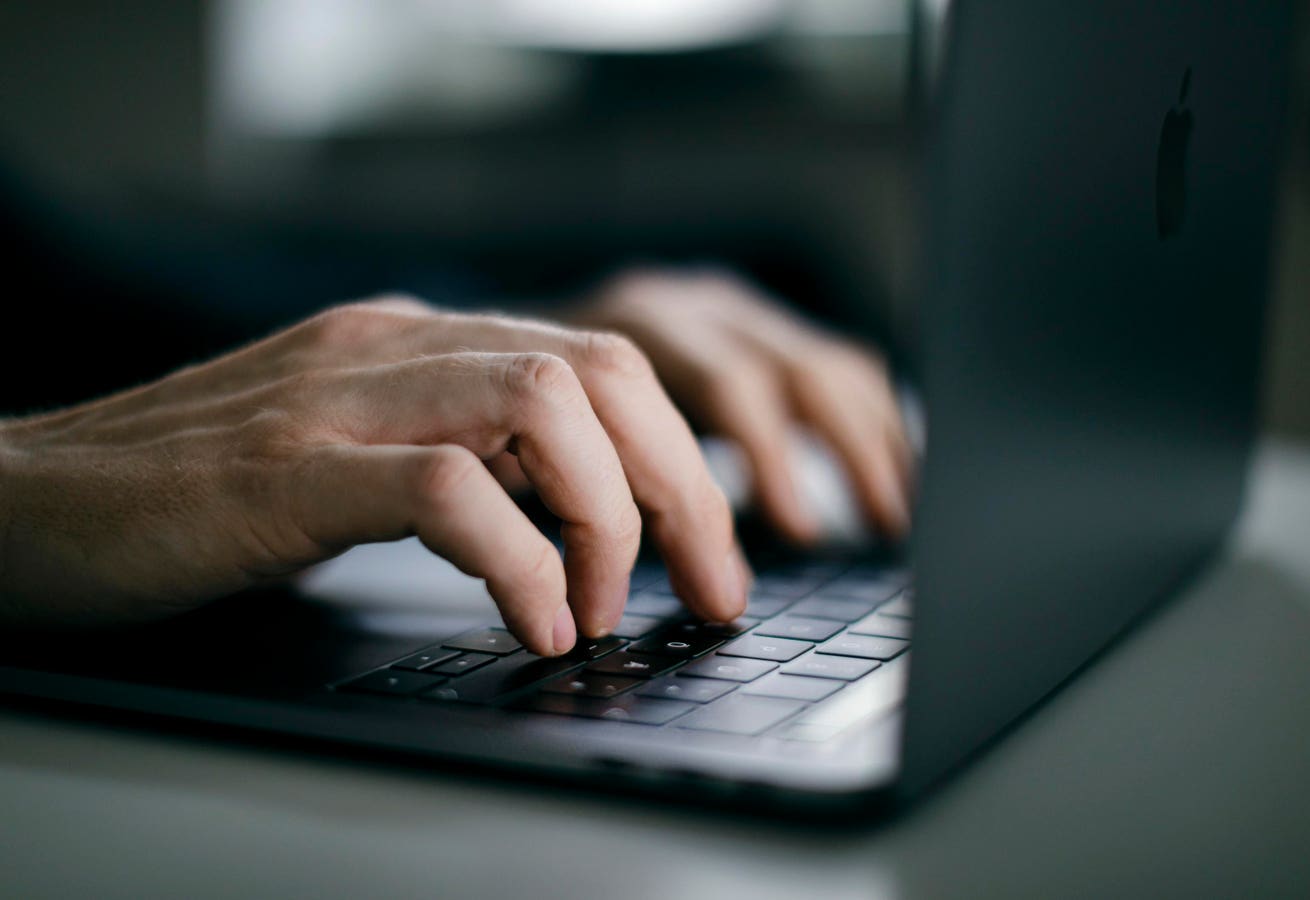Physical Address
304 North Cardinal St.
Dorchester Center, MA 02124
Physical Address
304 North Cardinal St.
Dorchester Center, MA 02124

Macs have famously good security, and the chances of getting hacked are comparatively low. But if it … [+]
Apple Macs are famously secure compared with Windows devices. The company has implemented strong security measures in its proprietary MacOS operating system that go a long way to protect its users from malware and other problems. However, Mac users shouldn’t assume that this lower level of threat means they’re immune from the risk. Criminals are increasingly interested in hacking Macs, and new hacking methods and malware variants are being developed and refined all the time. We look at the signs that your Mac has been hacked, and the steps that you should take to put things right if it has.
Macs don’t tend to be a major target for hackers — according to Elastic Security Labs research last year, in fact, just 6% of malware is distributed on Macs, compared with 39% on Windows and 54% on Linux endpoints.
A large part of the reason is that hacking a Mac is just very difficult compared with a PC, with Apple making a big selling point of its particularly robust security measures. However, every now and again, security vulnerabilities are detected. And while Apple generally moves quickly to resolve any issues, there’s always a chance that attackers could succeed in the meantime. In the last couple of years, for example, vulnerabilities have been found in macOS Ventura’s App Management feature, and in the company’s M-series chips.
The main signs that a Mac has been hacked are much the same as with any other device — slow performance, system crashes, a plethora of dodgy pop-up ads and the like.
Other signs that your Mac may have been hacked include suspicious network activities such as unusual or unauthorized data transfers or unexpectedly high or abnormal network traffic. You may spot the addition of unfamiliar user accounts, password changes that you didn’t make, unexpected changes to your account settings such as email forwarding rules or automatic email replies or changes to your security questions.
If your Mac’s performance suddenly slows down, or your machine starts freezing, crashing or unexpectedly restarting, this could be a sign that malware or other unauthorized processes are consuming system resources behind the scenes.
One common sign that a device has been hacked is the appearance of unwanted pop-ups, ads or alerts — often a sign that your Mac has been infected with adware or other malicious software.
Unexpected network activity can also be a sign that your Mac may have been hacked. You may spot unexpected data uploads or downloads taking place in the background or unusually high network traffic.
You may spot unknown user accounts listed on your Mac — or Apple may alert you that this has happened. If so, it’s probably a sign that someone unauthorized is accessing your account.
One clear sign that your Mac may have been hacked is an unexpected change of your account password. Similarly, hackers may change your account settings, for example email forwarding or automatic email replies, or changes to your security questions.
If you think your Mac has been hacked, your first move should be to quarantine your machine by unplugging it and then disconnecting it from the internet by turning off wifi and Bluetooth.
You should change your passwords to something unique and hard to guess — especially your iCloud account — and add two-factor authentication if you don’t have it already. Check your machine for any unexpected apps or files, and remove any that you find — run a full anti-virus scan. It’s a good idea to uninstall and reinstall your browser. And you should check your other accounts for signs of compromise — particularly any accounts that might have your financial details. If you spot anything amiss, alert the provider.
If you discover that your PC has been hacked, the first thing you should do — and you should do this immediately — is unplug your machine, and disconnect it from the internet by turning off the wifi through the machine’s settings. This prevents the hacker from continuing to remotely control your computer and means they can’t gather any more personal or financial information than they already have.
Change the passwords for all your accounts, including your administrator account, using something strong and unique. You should also enable two-factor authentication (2FA), especially for critical services like iCloud.
Running an anti-virus scan should identify any suspect apps or files — remove any that you find, and check that you’re getting regular security updates. For extra security, you may wish to uninstall and reinstall your browser.
To make sure that the hackers haven’t gained broader access to your personal data, you should heck your other accounts for signs of compromise — particularly any accounts that might have your financial details, such as banks or online shopping sites. If you spot anything suspect, alert the provider.
Apple Macs have a number of built-in security features that make them harder to hack, including a built-in virus scanner and firewall.
System Integrity Protection checks whether key operating system files have been tampered with, while FileVault encrypts your files and Gatekeeper blocks the installation of software that hasn’t been verified by Apple. Some of these tools are on my default, while others can be enabled via System Settings, followed by Privacy & Security. Beyond this, best practice includes always using strong, unique passwords, keeping all your software up to date or using a virtual private network.
Bottom Line
Apple Macs have famously good security, and the chances of getting hacked are comparatively low. However, it can happen. There are, though, ways to recover control, and measures to take to stay safe in future.